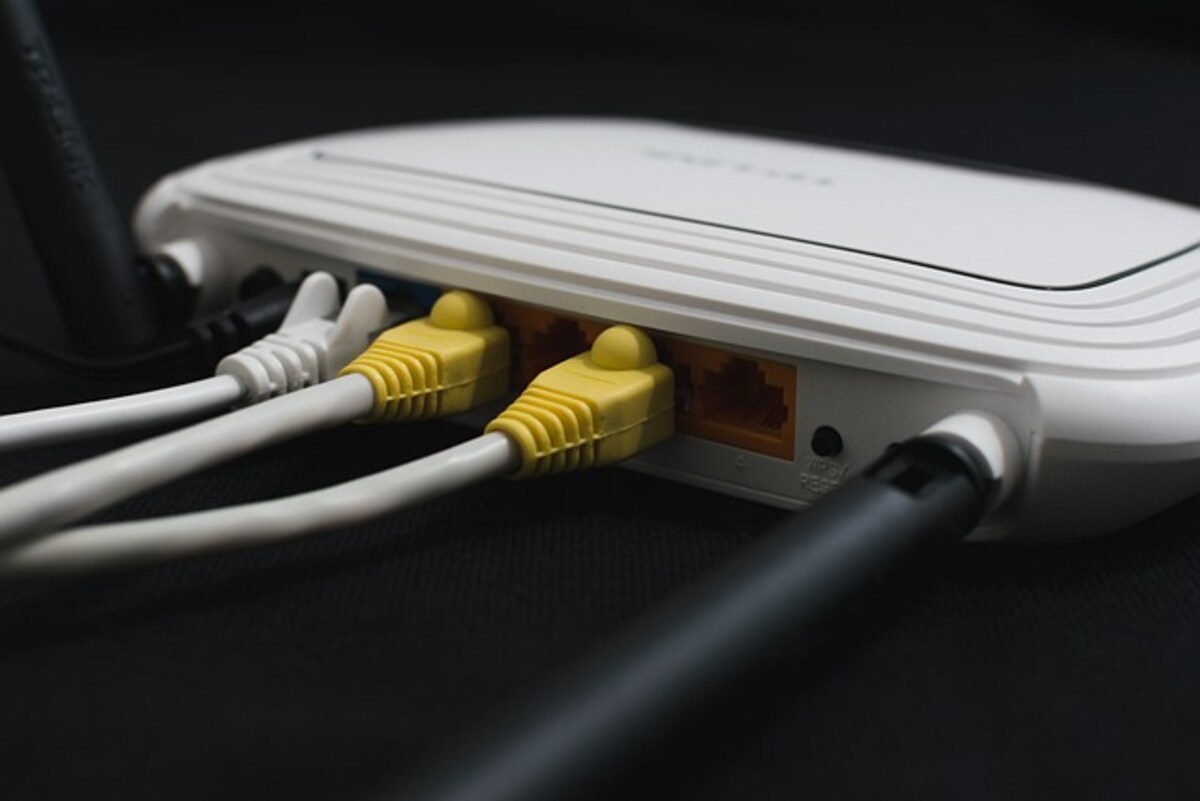Wi-Fi, often known as wireless networking, has boosted productivity and efficiency in several fields. People can now use the Internet from almost any location, whether they are inside or outside.
The procedures necessary to establish an indoor Wi-Fi network are outlined in this article.
Machine Parts
The hardware is the primary concern. Obtaining
• a high-speed web connection
Wi-Fi-enabled computer, cable or DSL modem, wireless router, wireless network adapter, network cables, and modem
Select devices made by the same manufacturer to simplify setup and maximize compatibility, saving you money in the long run.
The router plays a vital role in setting up a wireless network. A wireless router allows you to use a mobile device like a smartphone, tablet, or laptop computer to connect to the Internet from a certain range. Wi-Fi may reach distances of up to 300 feet in open areas.
The signals coming in from the modem are converted and transmitted by the router. Radio receivers, such as a computer’s network adapter plugged into a switch or a USB port, pick up the transmitted signals.
Your PC can stay connected to the router thanks to the wireless network adapter. Adapters are incorporated directly into today’s PCs. If you’re using an older computer without a built-in network adapter, you can get by with a USB adapter for a laptop or a PC card-based network adapter for a desktop.
The Setting Up
Connecting the various pieces of hardware is the next stage.
First, plug the cables into the marked ports on the router so that it can communicate with the modem. You may need to consult the supplied materials, as the labels may vary from brand to brand.
The second step is to connect the modem to the WAN port on the router instead of the LAN port on the computer. If it doesn’t, plug the modem’s wire into the router’s corresponding port and move on to setting up the network.
Step 3: Connect the computer to the network by plugging an Ethernet cable into the router’s LAN port and the other end into the PC’s LAN port.
Fourth, check that the modem’s Internet connection indicator light is green. The next step is to connect the router to a power outlet and turn it on.
After step 5, the router should be linked to the modem if the WAN light next to the power display comes on.
A Look at the Setup
1. Launch a web browser and enter the router’s IP address into the address bar.
It’s 192.168.1.1 for Linksys and 3Com routers and 192.168.0.1 for Netgear ones. When prompted, type “admin” as the username and your password.
The default settings will be displayed when the setup page loads. Only three adjustments are needed for the vast majority of setups.
The default SSID can be changed to a more appropriate name for your wireless network.
The fifth and most crucial step is to turn on wireless encryption (WEP), which will prevent hackers from breaking into your network. Provide a “passphrase” for your router to use when creating keys that are specific to your configuration.
Type in your unique password, which should contain a mix of alphanumeric characters and special characters.
7: Exit the page after saving your modifications. The network connection connecting the computer to the router must be unplugged before the adapter can be connected.
When your computer finds a Wi-Fi network, it will guide you through the next stages of connecting to it.
The Internet, your favorite sites, printing, emailing, sharing media files using a public folder, and playing games with friends are all within your reach.
Jane Cooke contributes to Nextday Techs, a company that provides onsite technological support for businesses and homes. Visit our website for further details on how to set up Wi-Fi:
Read also: https://mycheapseo.com/category/technology/
